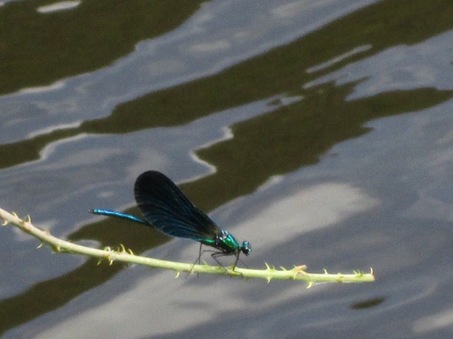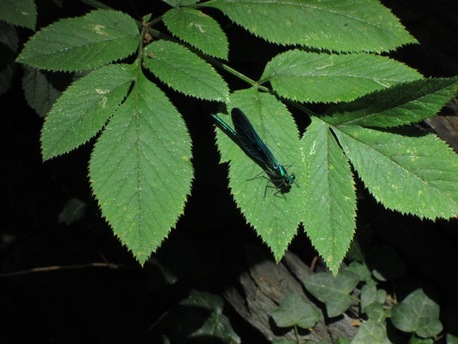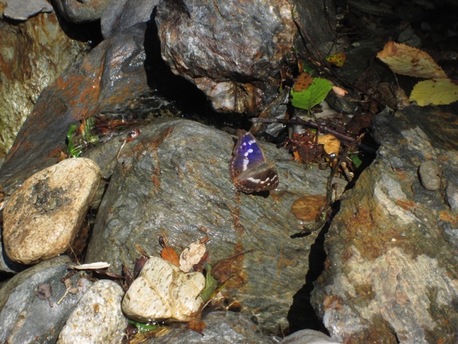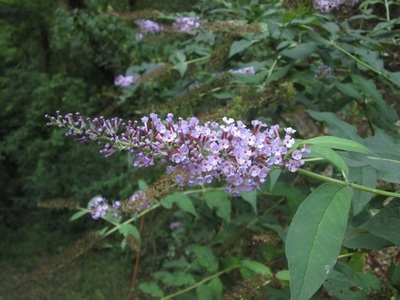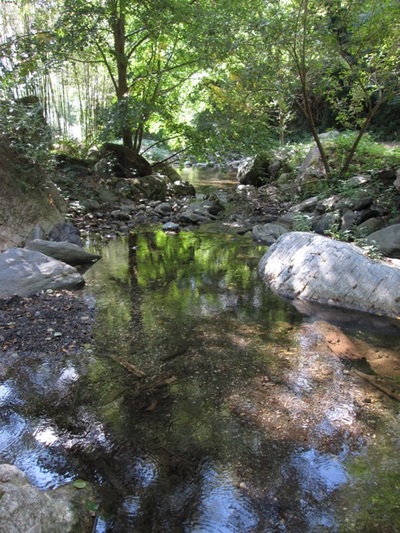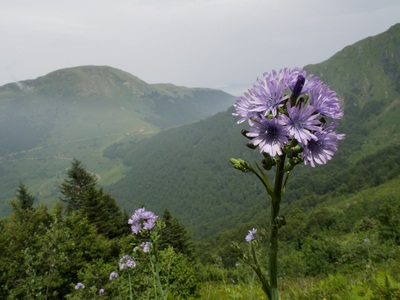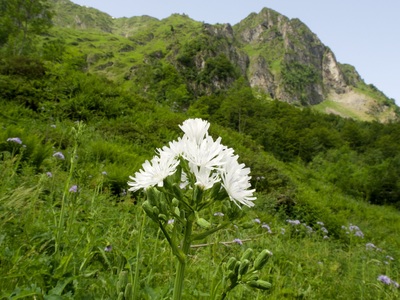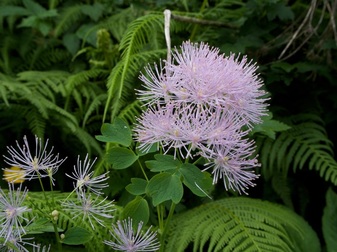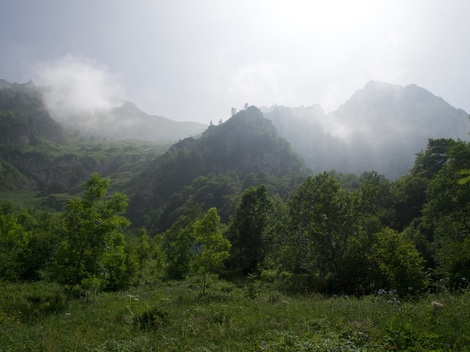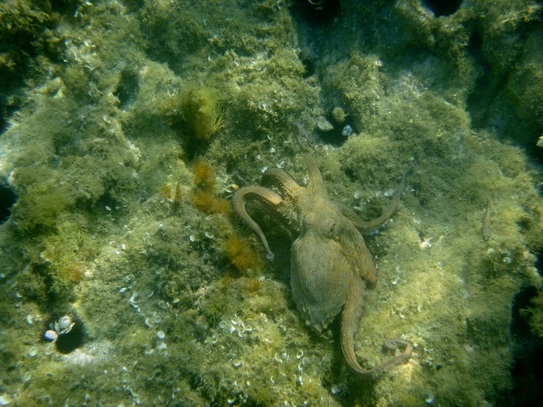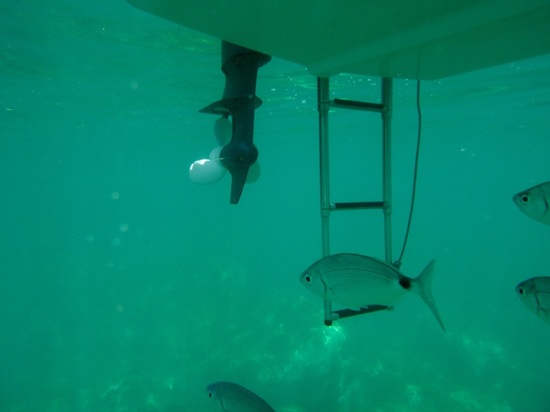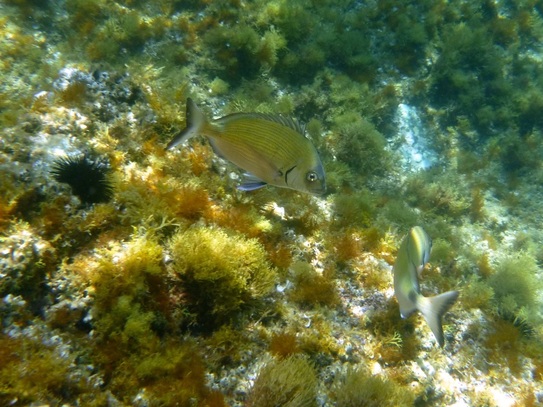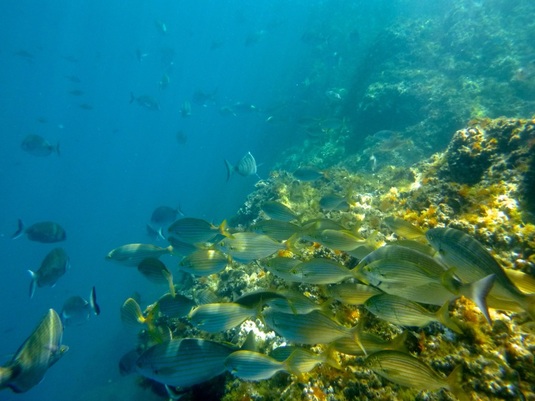Around a year ago, I was writing about a beautiful campsite in the foothills of Canigou, blessed with two cold mountain streams which are the haunt of perhaps the most exquisite insect I have ever seen, the demoiselle agrion (or calopteryx virgo if you find the latin any easier). Well, I have recently been back there, and spent a significant amount of time searching out and watching them. Maybe I am just getting more used to them and now know where to look, or maybe this year there are more, but I certainly had lots of wonderful sightings, many of the closest when I was in the water, and they were flying over my head, sometimes even landing briefly on it ! I still cannot decide why sometimes they look very blue, and at others more green, but this year, for the first time , I have definitely seen the females which are much more green-to-amber in colour, and were attracting a lot of attention from the males, needless to say....
The males do certainly hold territories, perhaps only a couple of metres of wooded bank above water, maybe less, but they do often come close to the boundary and will at times stage something of a "stand-off" with their neighbour. As they fly fairly slowly compared to dragon- and damselflies, this seems a relatively unthreatening affair; once or twice, the movement became much more like a back- and forwards dancing, very beautiful and graceful, which only once I saw performed in Scotland, on the Isle of Skye, one very hot afternoon, when six or more adult males slowly danced above the dark, peaty waters.
The pictures attached here are not that good (there are some splendid ones on the Internet), but photographing them always seemed to involve leaning out and around vegetation, and trying not to fall in the water, or actually being in the water and trying not to submerge the camera (Martine's underwater camera would have been handy!).
Finally, on the way back from a concert last night in Prades, some of us had a splendid view of a large sanglier; he was at the other verge, but when he saw our lights, rather than just retreating into the bushes, he elected to re-cross the road in front of us. No wonder there are some accidents; in our case, he was a little distance away, and Isobel who was driving had seen him early on, so there was little risk. In any case, he put on an impressive turn of speed, and made a magnificent sight as he crossed in front of the car.
